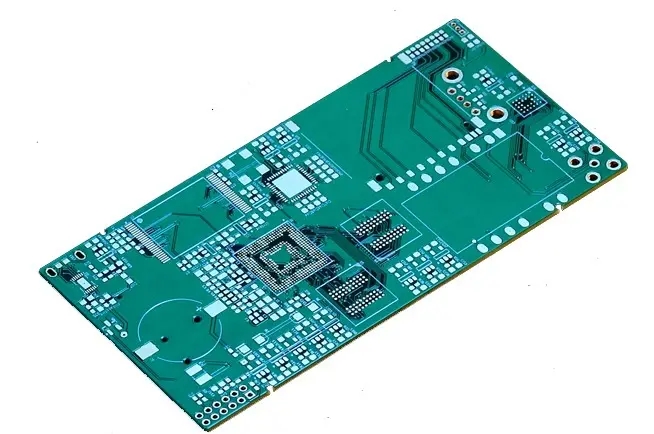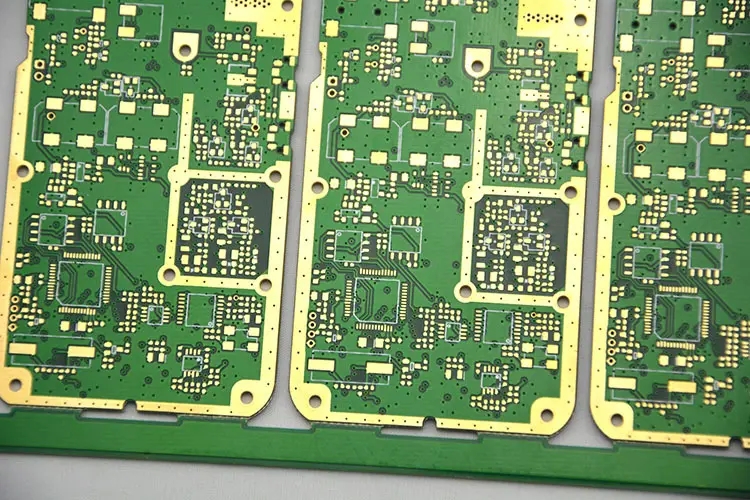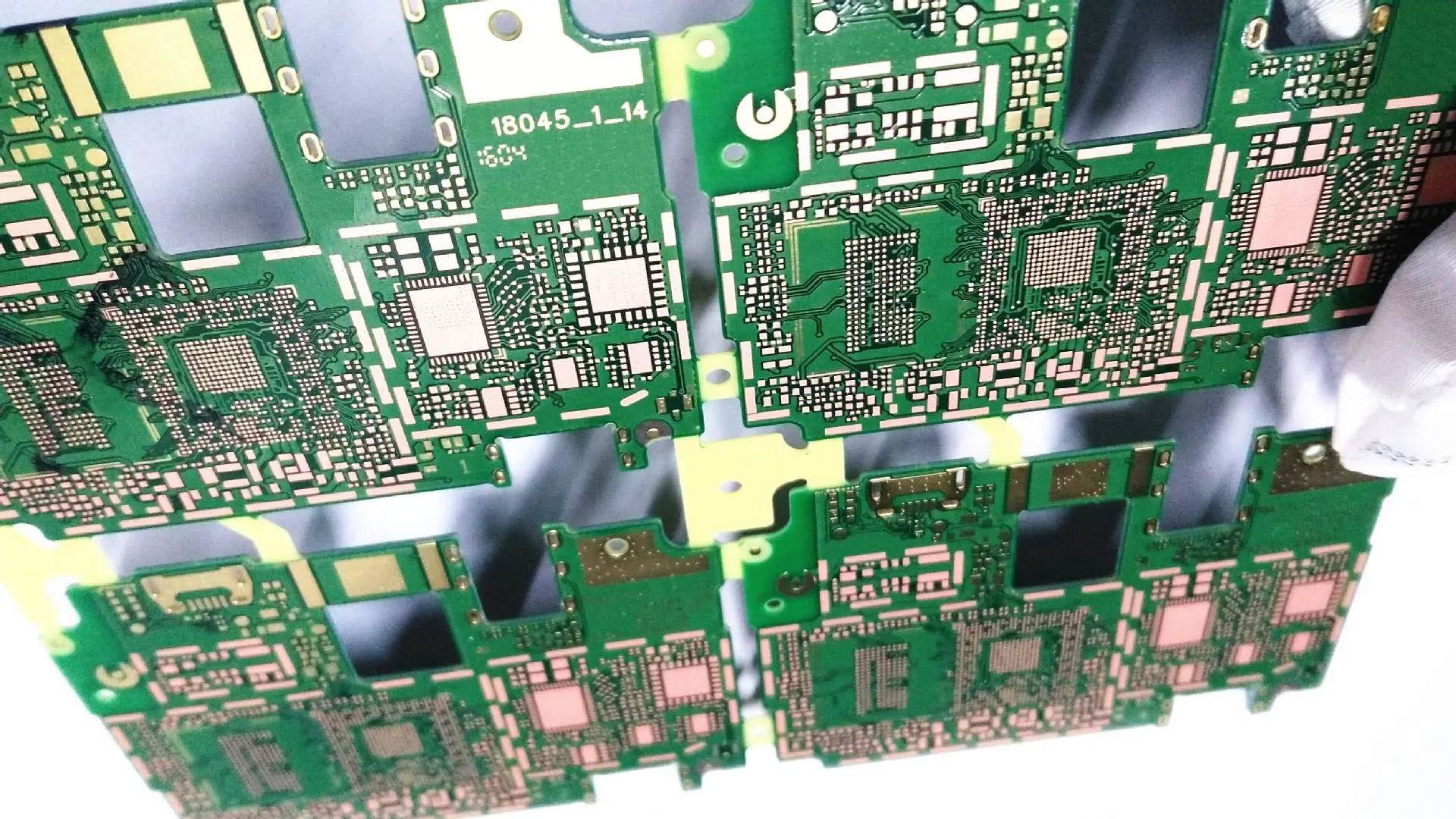
What is the control of IMC and PCB welding strength
The circuit board manufacturer and circuit board designer will explain to you what is IMC and PCB welding strength control.
What is the control of IMC and PCB welding strength
During the assembly and welding of circuit boards, the term IMC is often heard. What exactly is IMC? What role does it play in PCB welding? Does it affect the strength after welding? What is the reasonable thickness of IMC?
What is IMC?
IMC is the abbreviation of [Intermetallic Compound], which should be translated into [Interface Metal Co compound] or [Intermetallic Metal] in Chinese.

IMC is a chemical formula, not an alloy, nor a pure metal.
Since IMC is a chemical molecule, the formation of IMC must be given energy, which is why solder paste needs to be heated during welding. Only pure tin (Sn) in the solder paste can diffuse with copper base (OSP, I-Ag, I-Sn) or nickel base (ENIG) in strong heat, thus generating a solid interface IMC.
2. Since it is called [solder paste], why are there other metal components in it?
This is because the melting point of pure tin is up to 232 ° C, which is not easy to be used for general PCB assembly and welding, or the current electronic parts can not reach such a high temperature, so it must be dominated by tin, and then add other alloy solder to reduce its melting point, so as to achieve the main purpose of mass production and energy saving, and the second purpose is to improve the toughness and strength of solder joints.
3. What are the strengths of various IMCs?
Again, welding is a chemical reaction. Take the welding pad of copper base as an example, good welding will be generated immediately η- Phase (read Eta) Cu6Sn5 is benign, and will become thicker with the accumulation of welding heat and aging time.
During aging, the solder joints will grow malignant on the original Cu6Sn5 ε- Phase (read Epsilon) malignant Cu3Sn. In general, the welding strength of copper base is better than that of nickel base, and the reliability is also higher.
If the nickel leaching gold and nickel gold electroplating gold in the nickel base are thicker, their solder joints are not only thinner in IMC, but also easier to form gold brittleness. Only after AuSn4 has wandered away, the nickel base will form Ni3Sn4, but its strength is not as strong as Cu6Sn5.
4. Is the thickness of IMC the thicker the better?
As long as the IMC of the interface grows evenly, the IMC will grow longer and thicker with the accumulation of time and heat. When the IMC grows too thick, the strength will become worse and brittle. This is a bit like the cement between bricks. A proper amount of cement can combine different bricks, but the cement is too thick and is easy to be pushed down.
The generation speed of IMC is basically proportional to the square of time and temperature.
The circuit board manufacturer and circuit board designer will explain to you what is IMC and PCB welding strength control.







